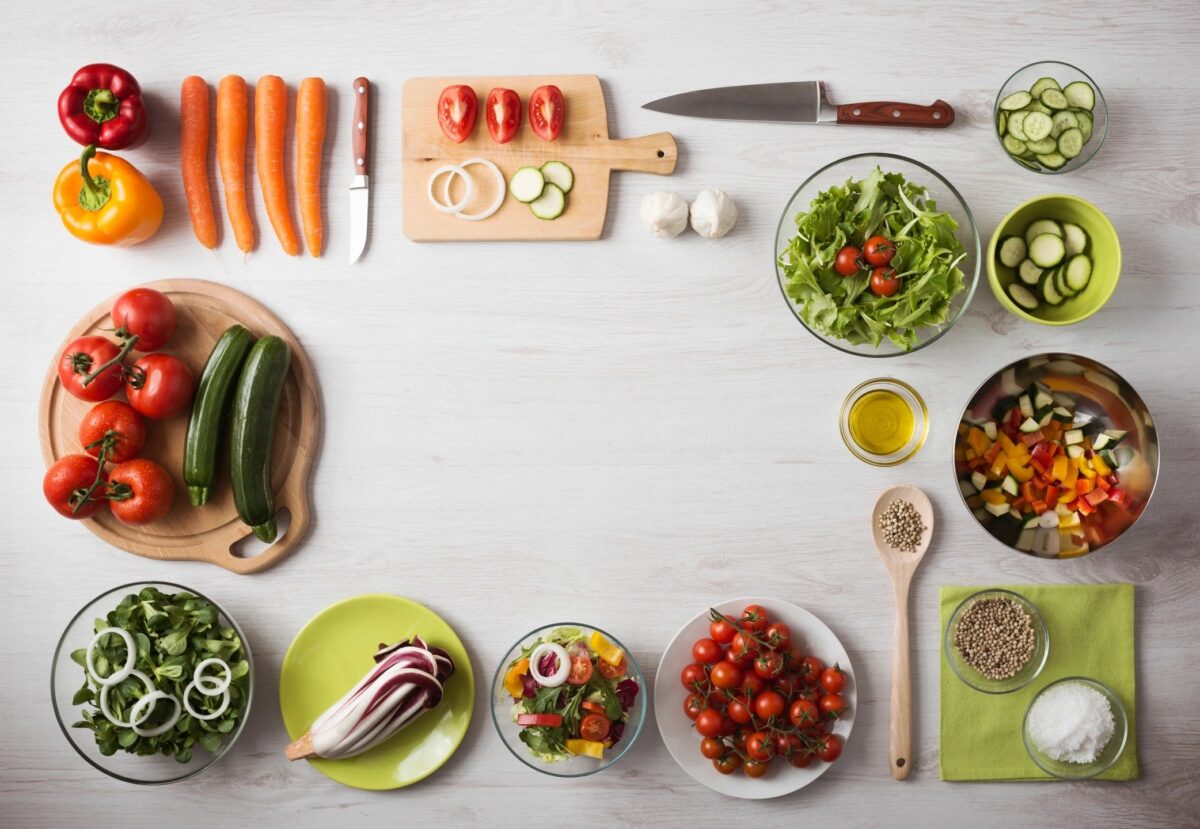What should we eat? That’s a question I never really seem to be able to answer. Usually I fall into paralysis by analysis and just eat a pint of Ben and Jerry’s. I’m pretty much a novice when it comes to understanding diet and nutrition. Honestly, in my early 20’s I would drink a Coca-Cola for breakfast on the way into work. Not in addition to anything of substance. A can of Coke was my entire breakfast. So clearly I had a lot to learn.
My father used to always tell me, “Wait until you turn 30. That wonderful metabolism will slow down in a hurry.” Thankfully, the turn wasn’t as dramatic as he implied, but I did start to pay more attention to how I was treating my body.
I started reading about nutrition and wellness a little more. The more I read, the more confused I became. It seemed like everything I read contradicted the last article. Eat this… no, that’s bad for you, eat this… no wait, that might be bad for you if you’re over thirty… you should eat meat with every meal… no, don’t eat meat at all… wait, you can eat meat, but only if it grass fed and free of antibiotics… on second thought, you can only eat chicken that listened to classical music and did pilates twice a week prior to the butcher… Ugh! It was utterly confusing.
Then somebody told me about Food Rules by Michael Pollan. It is an extremely quick read that tries to unpack some of the confusion around eating and nutrition. The first sentence of the introduction says, “Eating in our time has gotten complicated – needlessly so, in my opinion.” He was reading my mind!
Food Rules is broken into three parts: Part I- What should I eat? Part II – What kind of food should I eat? Part III – How should I eat it? In each section, Pollan gives very practical advice that is easy to understand. Each tip is accompanied by a brief, often one paragraph, explanation of the suggestion. Here are my ten favorites:
- Don’t eat anything your grandmother wouldn’t recognize.
- Avoid food products containing ingredients that no ordinary human being would keep in their pantry. (Xanthan gum, anyone?)
- Avoid food products containing ingredients that a third-grader cannot pronounce. (Boys and girls, can you say “Xanthan gum?”)
- Shop the peripheries of the supermarket and stay out of the middle.
- Eat mostly plants, especially leaves.
- Stop eating before you’re full.
- Eat when you’re hungry, not when you are bored.
- Buy smaller plates and glasses.
- Don’t get your fuel from the same place your car does. (No hotdogs off the rollers at the gas station. That would have been shocking to my twenty-year-old self.)
- Break the rules once in a while.
There are so many wonderful thoughts in this book, and Pollan presents them all in a way that is easy to understand and hard to forget. For a person like me, it was the perfect place to start thinking about what I was putting in my body.
Pollan shares seven words he believes are the answer to that incredibly complex questions of what to eat: Eat food. Not too much. Mostly plants.
I try to think about these seven words as much as possible. It’s hard, especially when I walk into the faculty room to a table overflowing with donuts and other baked goods. There’s got to be some Xanthan gum in something on that table. Sometimes I follow the rules; sometimes I break them. At least I’m thinking about food rules at all. That’s got to count for something, right?
